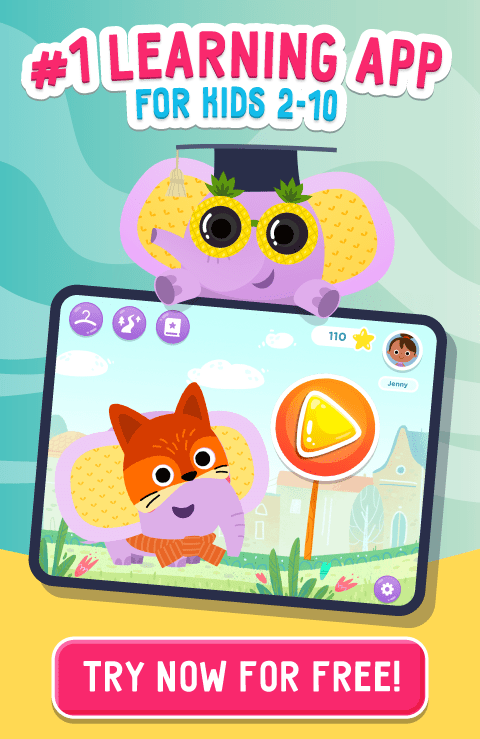Teaching & Homeschool Articles
Math for 1st Grade: Teaching Place Value
July 19, 2024
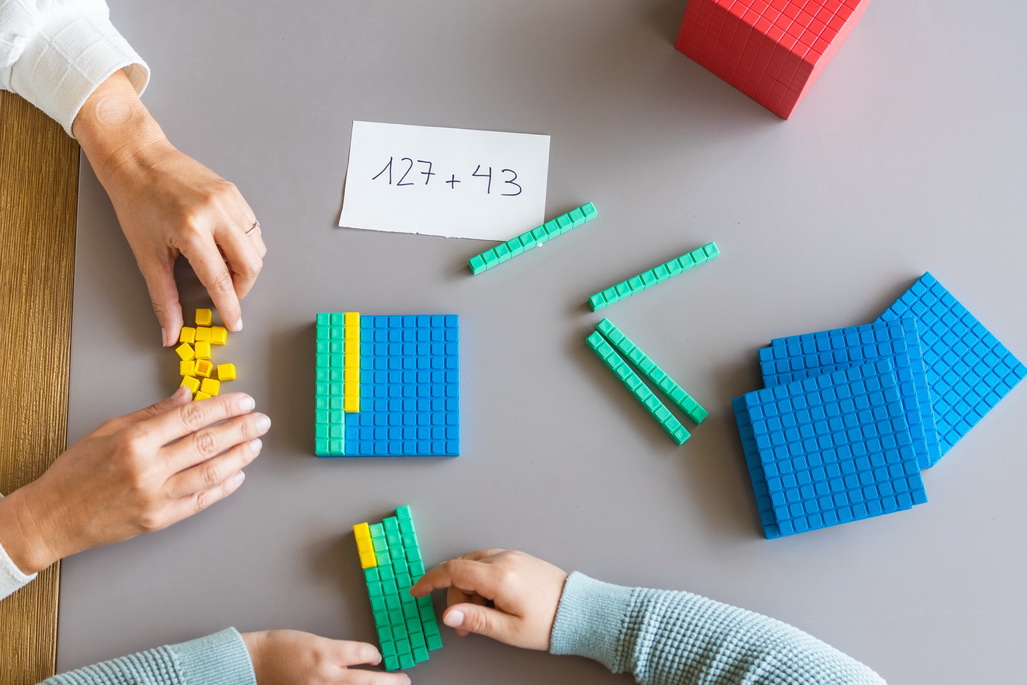
Place value is an essential concept that all kids must understand between ages 6 and 8. Typically introduced in the first grade, place value is taught after children can reliably read and write numerals up to 120, according. Place value is so important because understanding it is critical to performing operations with multi-digit numbers, such as addition and subtraction. In our article, we'll review the main steps of introducing place value to first graders.
Vocabulary for ESL Students: Color Words Activities
July 15, 2024

Vocabulary is the foundation for all ESL learners; it provides them with the basis for developing comprehension and communication in a new language. Color words are among the first things taught to beginners, allowing them to start describing the world around them. With ESL students of all ages, and especially young children, it is crucial to offer them tasks that make learning more fun and interactive. Read this article to find interesting ideas and activities on color vocabulary.
Fun Online Games to Develop 5 Essential Math Skills in Preschool
June 21, 2024
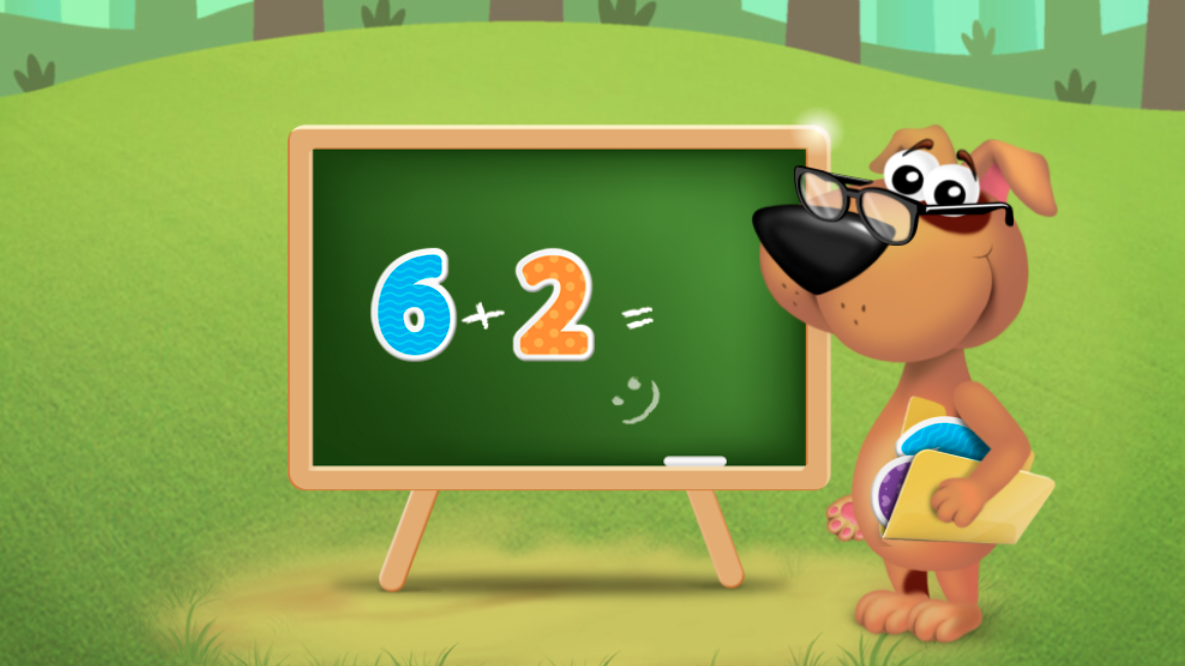
There is abundant research that tells us that kids of all ages learn best through experiences that bring them joy. Not only do children learn more when they’re having fun, but they foster a more positive perception of what they’re studying and grow to enjoy learning in general. In this article we will talk about five major groups of core math skills preschoolers need to acquire and recommend fun interactive games that will help to boost those skill through play.
Learning Games: Exciting New Feature on Talented and Gifted Online!
June 18, 2024
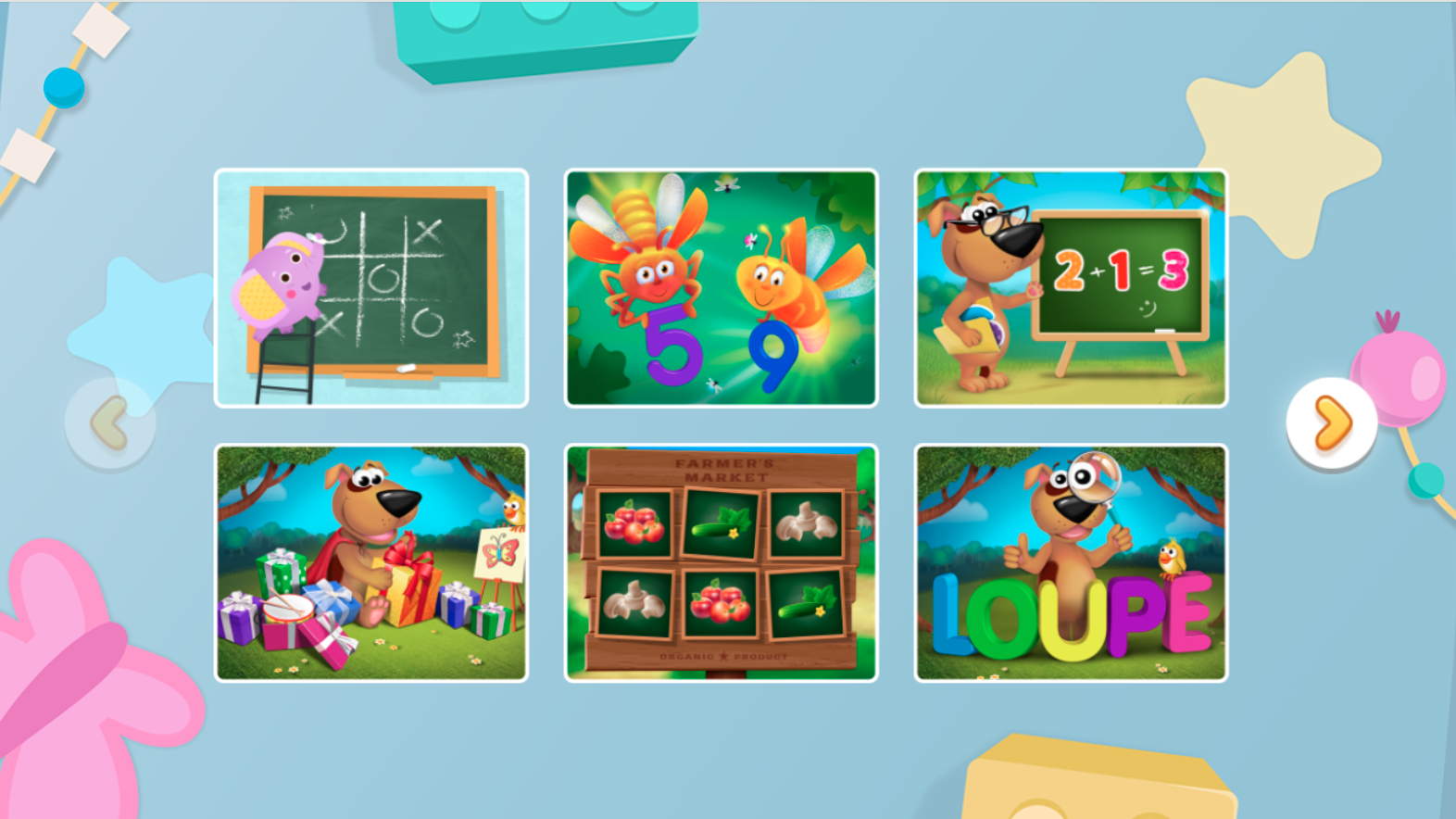
We’re thrilled to announce the launch of a brand-new feature in Talented and Gifted Online: the Toy Box! Now kids can take a break from their lessons to play educational games that review basic math and ELA skills. All games were designed to make the learning process more enjoyable by and effective by allowing children to review foundational skills in a fun and friendly way. Toy Box can be easily accessed online from any device and browser!
Check Out Our Collection of Word Problem Worksheets and Videos!
June 12, 2024

It’s no secret that word problems are notoriously challenging for early learners. They’re so tough because solving them takes reading comprehension and mathematical skills, both of which are still new to kids in the first few years of their schooling. However, teaching word problems from a young age is incredibly important for fostering critical thinking and problem-solving skills while allowing children to understand how math applies to real-life situations.
Kids Academy offers a large library of word problem worksheets for learners at every level! Let’s look at some of our best word problem worksheets and teacher-led videos that will help students master the solving strategies.
Learning About Communities with Kids Academy Online Tools
June 5, 2024
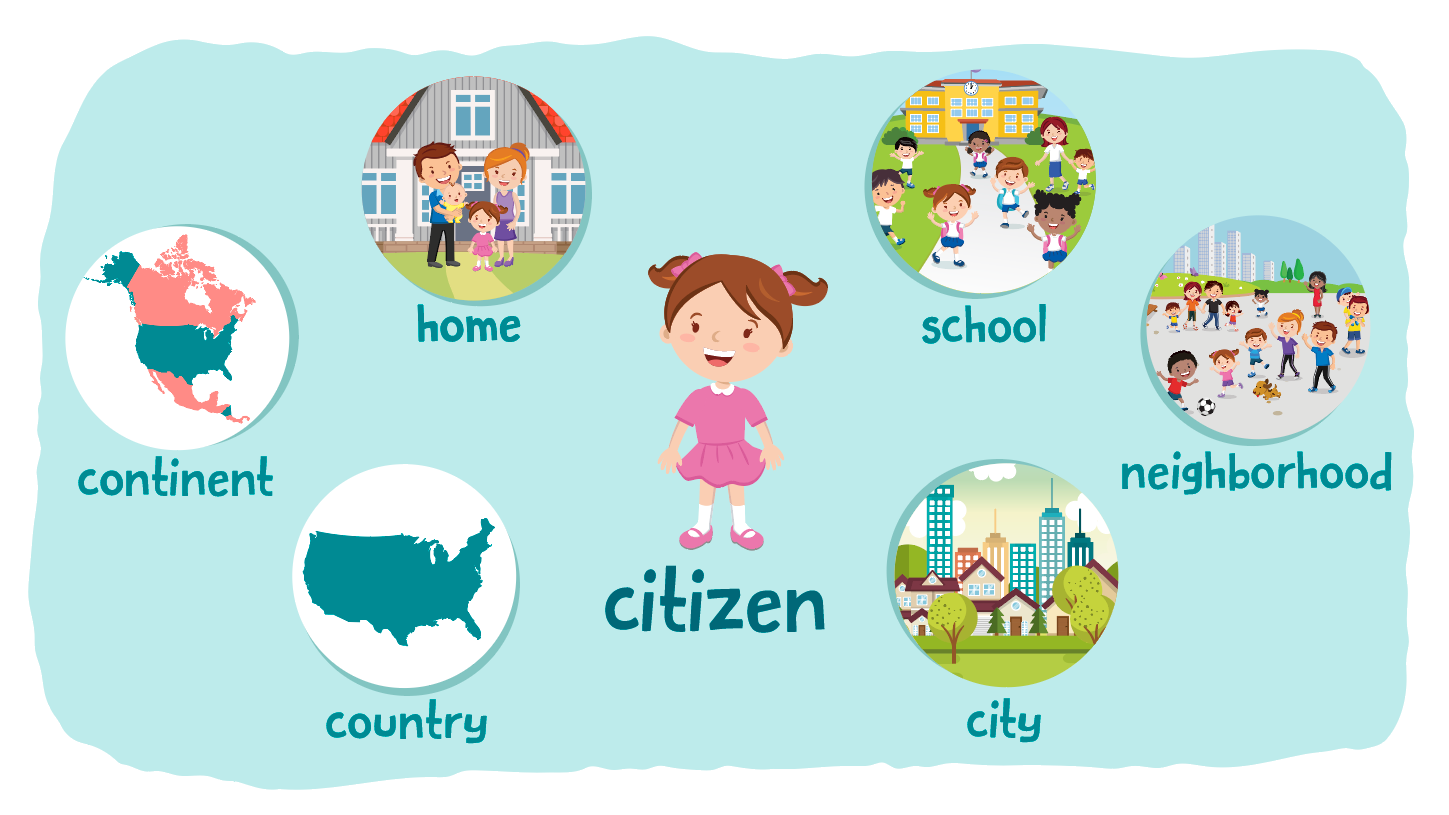
Teaching children about community should begin from a very young age. For toddlers and preschoolers, their knowledge about the world around them is very limited, often to their family, teachers, and the people they see on a regular basis. As they reach kindergarten, kids must broaden their worldview to learn about the wider community. In doing so, they do much more than merely gain knowledge; they nurture their social and emotional learning by feeling a sense of belonging and purpose.
Enhancing Text Analysis Skills with Kids Academy’s Learning Tools
May 31, 2024

In educational times today, it’s important to make sure that young learners have strong foundational skills early on. Text analysis is one skill that can significantly enhance reading comprehension as well as critical thinking. In this guide, we will demonstrate how to reinforce text analysis in emerging readers, specifically kindergarten students, through text comparison using Kids Academy's Classroom tool and Talented & Gifted Online program.
Reinforcing Subtraction Word Problems with Online Tools by Kids Academy
May 28, 2024
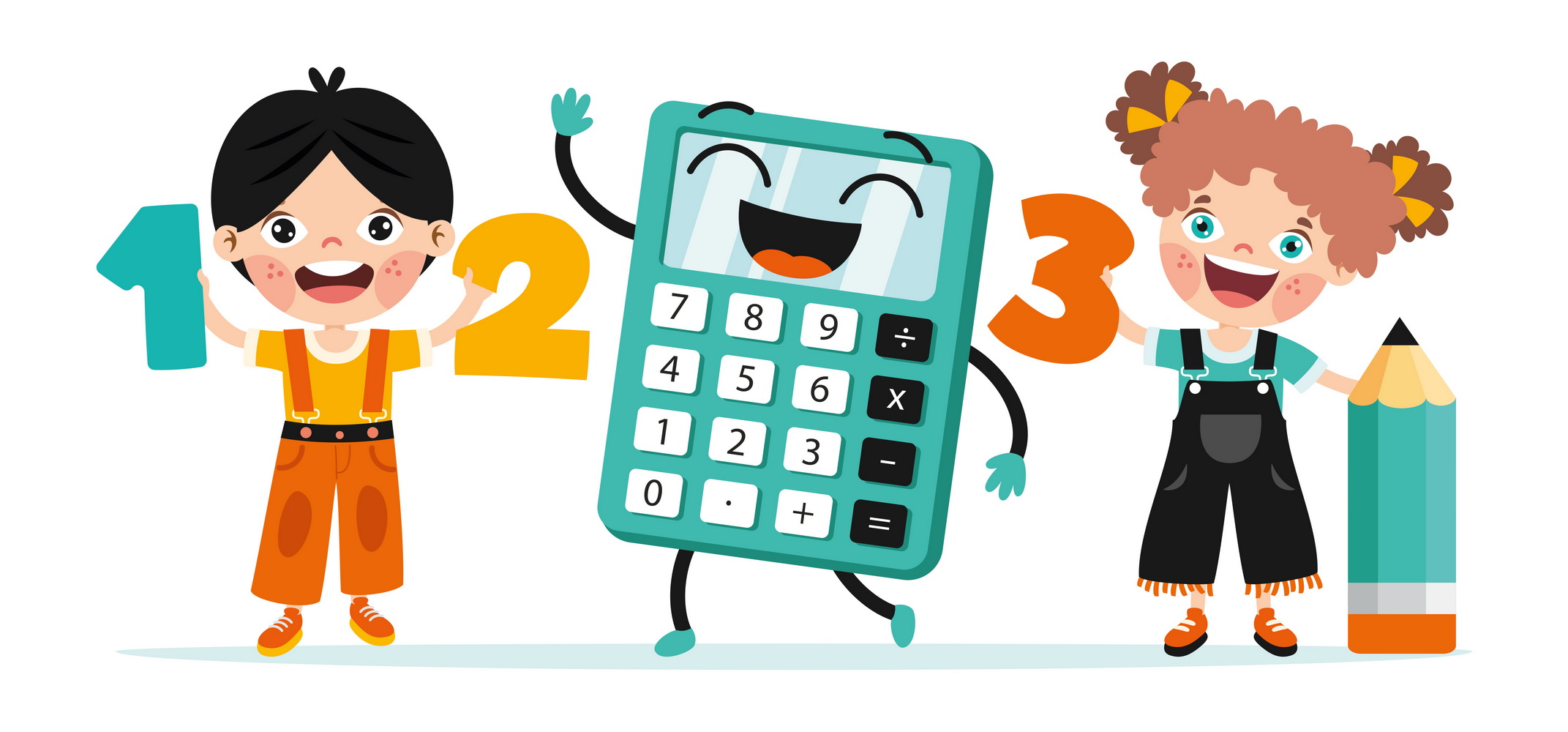
Ask any second grader about the hardest part of math, and most are likely to say word problems. Word problems are tough because so many things can go wrong when trying to solve them. Children who already struggle to read will find this type of math problem extra challenging. Even those who excel in reading might find math phrases and concepts tricky. Many students lack the focus to connect all these skills together, from reading them to figuring out which operation to use before finally following through to solve it. Add a notoriously tough math concept like subtraction, and one can see why these problems are so daunting!
Kids Academy is constantly striving to bring teachers and families new, innovative ways to make teaching and learning easier and more efficient. Two possible solutions include Kids Academy Classroom and Talented and Gifted Online, both of which are digital tools to reinforce learning and skills practice.
Welcome to Kids Academy’s Online Summer Camp 2024!
May 20, 2024
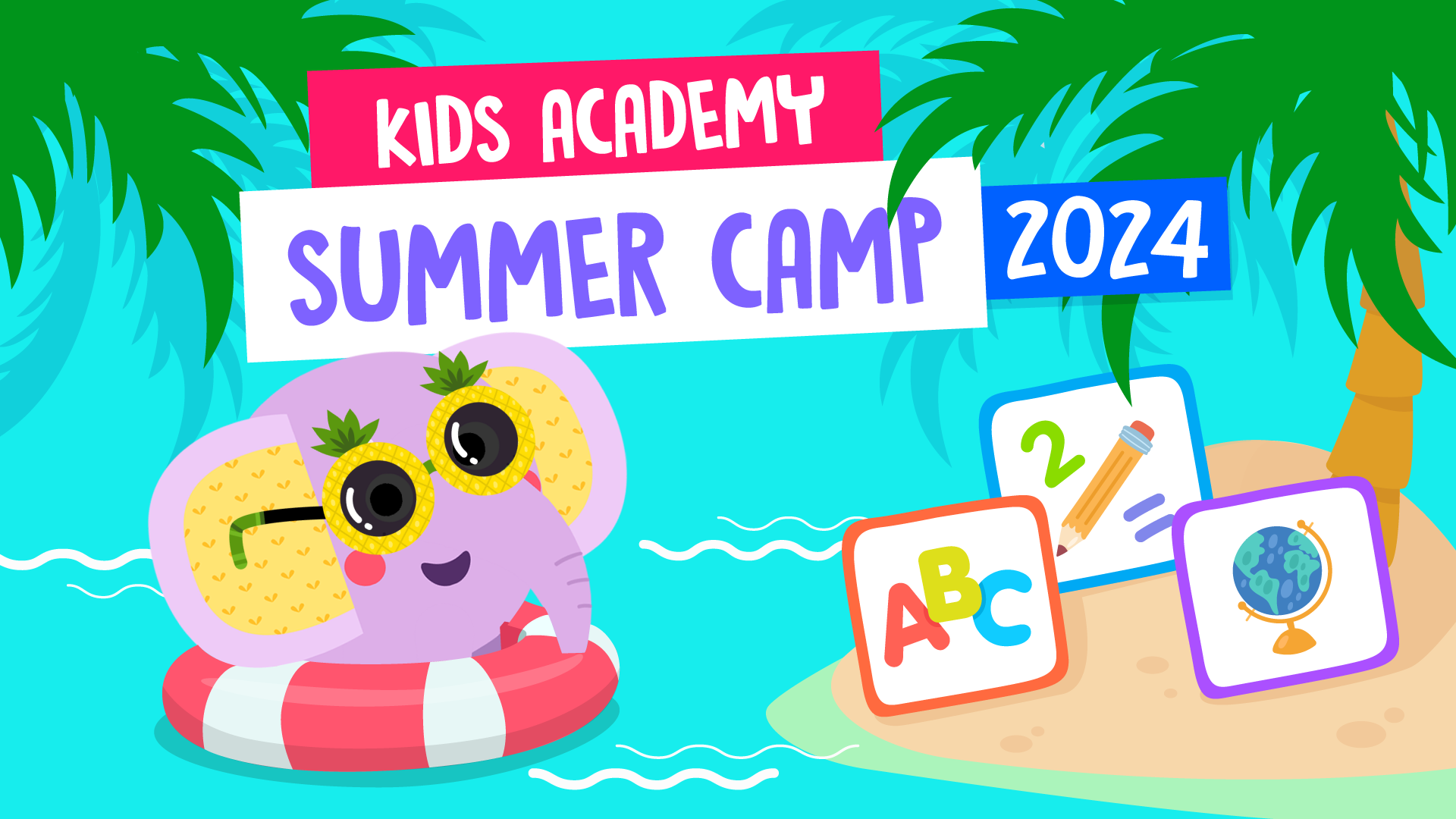
At Kids Academy, we understand how crucial it is that children get a healthy balance of both rest and academic practice to support stress relief while preventing learning loss. This year, Summer Camp 2024 is offering you summer-long access to our Talented and Gifted app as well as Talented and Gifted Online and Kids Academy website resources at a sizzling price that you won’t find the rest of the year!
This way, your little learner can customize their summer learning by utilizing interactive, bite-sized lessons and activities, or take on a more comprehensive course depending on their needs. Read on to find out the details!
User Story: Elementary Teacher Shari Stewart On Her Experience Using Kids Academy Classroom
May 16, 2024

As a third-grade teacher at a Title 1 school in Irving, Texas, I was recently given the opportunity to test a beta version of the Classroom feature on Kids Academy. I have primarily taught reading and social studies for the past 7 years, and I often find myself searching for engaging and effective activities for my students during our small group reading rotations. Gaining access to the Classroom seemed promising, especially for integrating it during this time I struggled with filling. Through exploration of the application I enjoyed the timer feature, the classroom list feature, and the classroom library.




